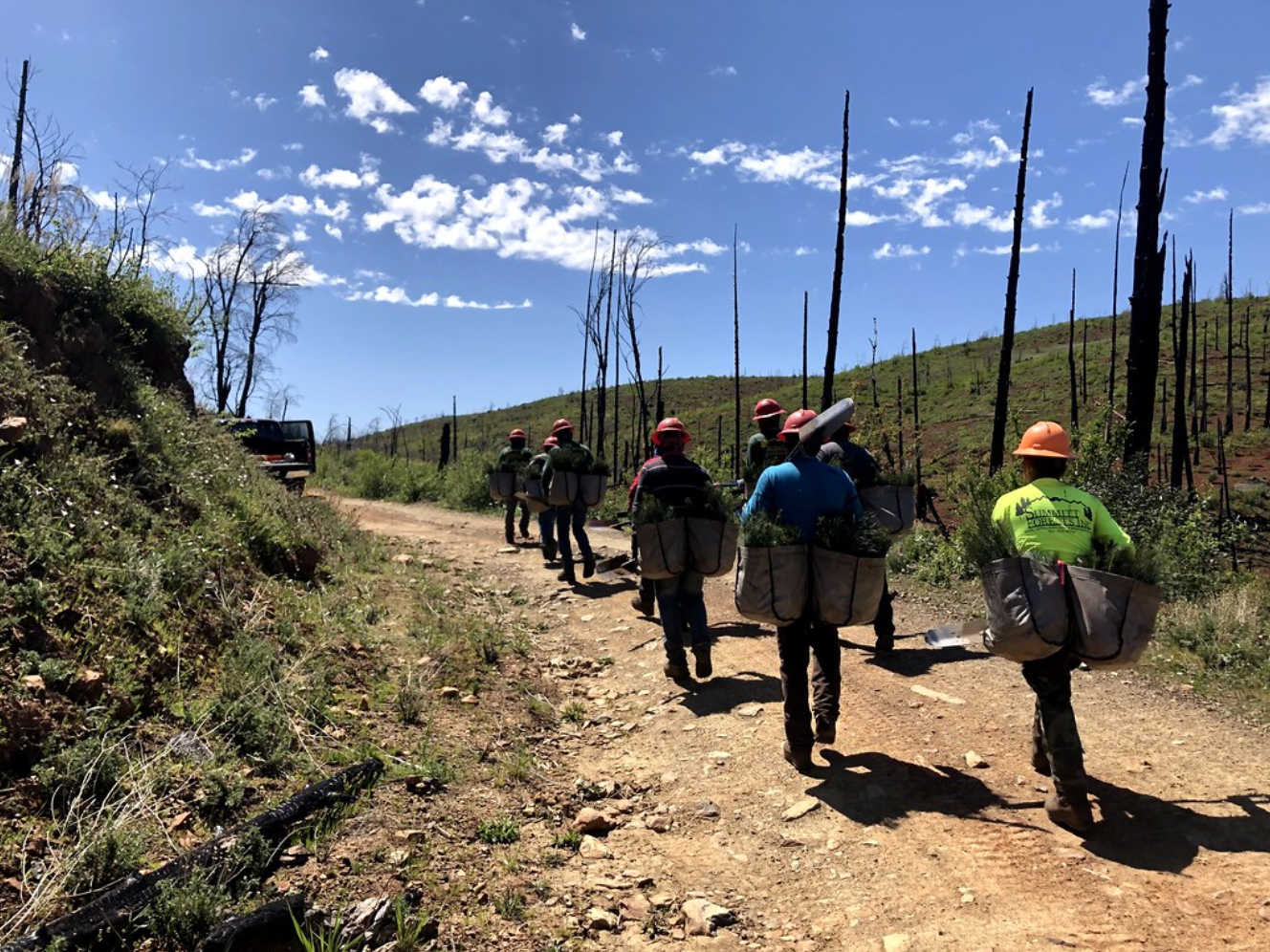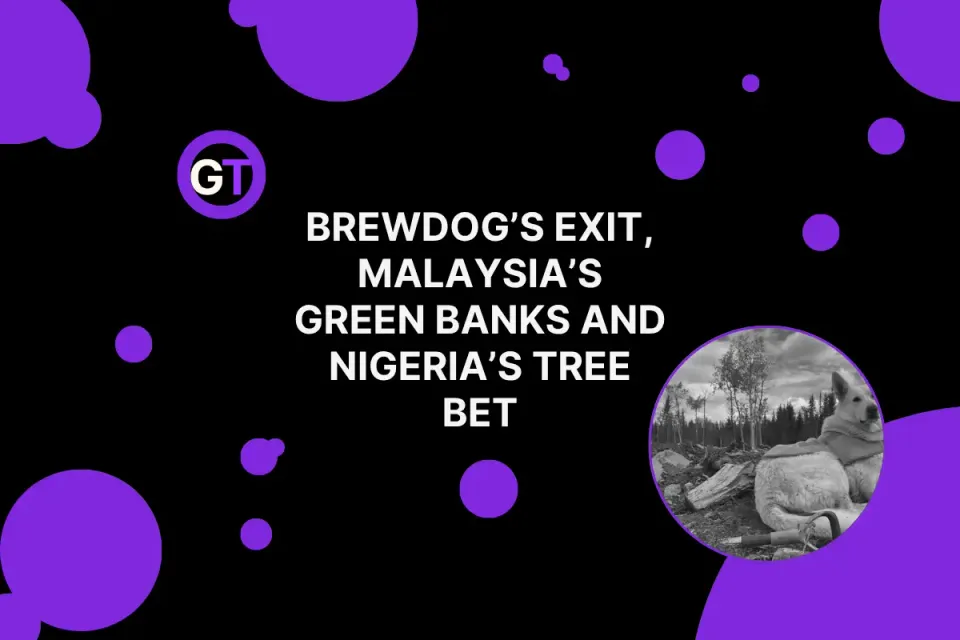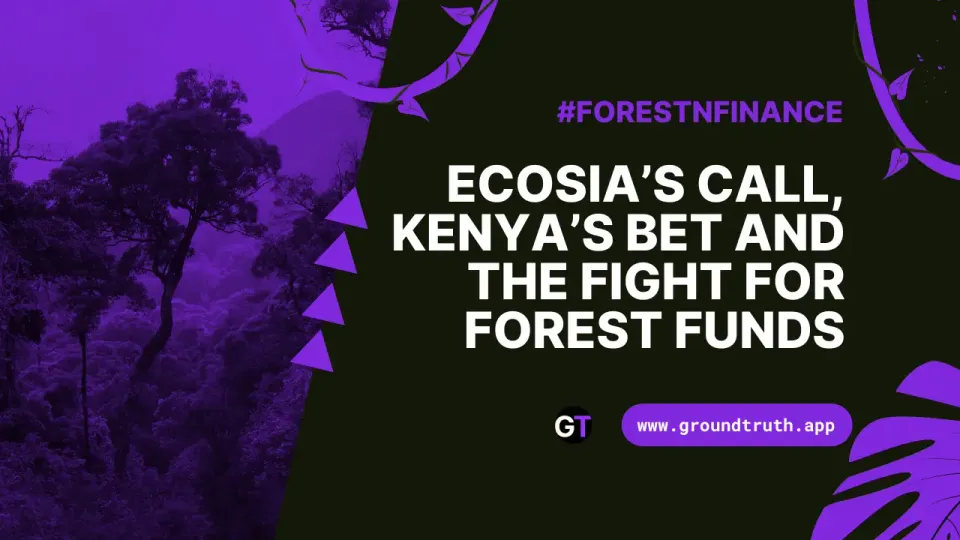Pine Cones Don’t Fly 🌰
Fournier delivered a clear-eyed, action-packed strategy to resuscitate Canada’s forests, which are under siege from wildfire damage at a rate that makes “natural recovery” look laughable.

Canada's 2 Billion Trees Program Needs Serious Expansion 🌲
On November 7, PRT’s head honcho Randy Fournier made his case to the Canadian Senate: Canada’s 2 Billion Trees program needs some serious expansion if it’s going to keep pace with wildfire damage that’s hitting record-breaking highs. The 2 Billion Trees program, launched by the Canadian government, aims to plant two billion trees by 2030 to combat climate change and restore ecosystems across the country. Fournier kept things clear and to the point, laying out his vision for a more effective reforestation strategy and busting a few myths along the way. Here’s what Fournier’s blueprint looks like:
1. Make Post-Wildfire Restoration Priority Numero Uno 🌲🔥
In 2023, wildfires blazed through over five times Canada’s average burned land area. So, Fournier’s first recommendation? Focus reforestation efforts on these fire-damaged zones. He argued that Canada’s forests can’t bounce back at this scale without serious intervention—they need our help to come back strong. Unlike natural regrowth, which relies on seeds dispersing over time, reforestation involves deliberate planting to speed up recovery and ensure trees grow in areas that might otherwise become permanent grasslands.
2. Go All-In on Funding: Cover 100% of Reforestation Costs 💸
Right now, the government’s only paying for half the replanting bill. Fournier didn’t mince words: Canada should cover the full cost if it’s serious about recovery. This way, reforestation projects can actually hit the scale needed to make a real impact.
3. Speed Up Land Access by Cutting the Red Tape 🏞️✂️
Fournier’s third point? Let’s fast-track land access approvals. Bureaucratic delays may seem harmless, but when it comes to reforestation, time matters. The longer it takes to begin replanting, the less likely that damaged areas will fully recover, as invasive species and soil degradation can prevent forests from regenerating naturally. Cutting through red tape could mean faster starts on replanting and quicker recovery for burned areas.
4. Allow Private Investment on Public Lands 🌐
For his final play, Fournier suggested opening up public lands to private reforestation projects. While this is a novel approach, it could bring in new resources and funding for reforestation. After all, every extra investment means more trees in the ground.
Key Takeaway: “Pine Cones Don’t Fly” 🌱
One of Fournier’s memorable lines hit home: “Pine cones don’t fly.” Translation? When wildfires clear huge areas, natural regrowth just doesn’t cut it. Seed dispersal from surviving trees may be insufficient to restore large burned zones, especially where vast areas have been scorched. This can leave bare patches or areas that transform into grasslands instead of returning to forest. Planting new trees in these areas is the only way to bring them back.
Big Picture? Treat Forests Like Infrastructure 🌳🚧
Fournier closed with a straightforward message: Canada wouldn’t let its bridges and roads crumble, so it shouldn’t let its forests fall by the wayside either. Forests deserve the same maintenance and investment we give to any other critical infrastructure. Like infrastructure, forests provide essential services—they support biodiversity, store carbon, and protect water supplies. Investing in forests ensures these benefits continue for future generations.
TL;DR? Canada Needs to Plant with Purpose 🌍🔥
Fournier’s call to action is simple: if Canada wants forests in the future, it’s time to streamline approvals, commit to full funding, and focus on burned areas that won’t recover on their own. Planting a couple billion trees might just be what it takes to keep Canada’s forests around for the long haul. 🌲
Source 📚
Standing Senate Committee on Agriculture and Forestry. "Session held on Thursday, Nov 7, 2024, in Room B45, Senate of Canada Building, Ottawa." Senate of Canada Parliamentary Session, 7 Nov. 2024, senparlvu.parl.gc.ca/Harmony/en/PowerBrowser/PowerBrowserV2?fk=655651&globalStreamId=3.
Edited by Chris Harris

This work is licensed under a
Creative Commons Attribution 4.0 International License.




